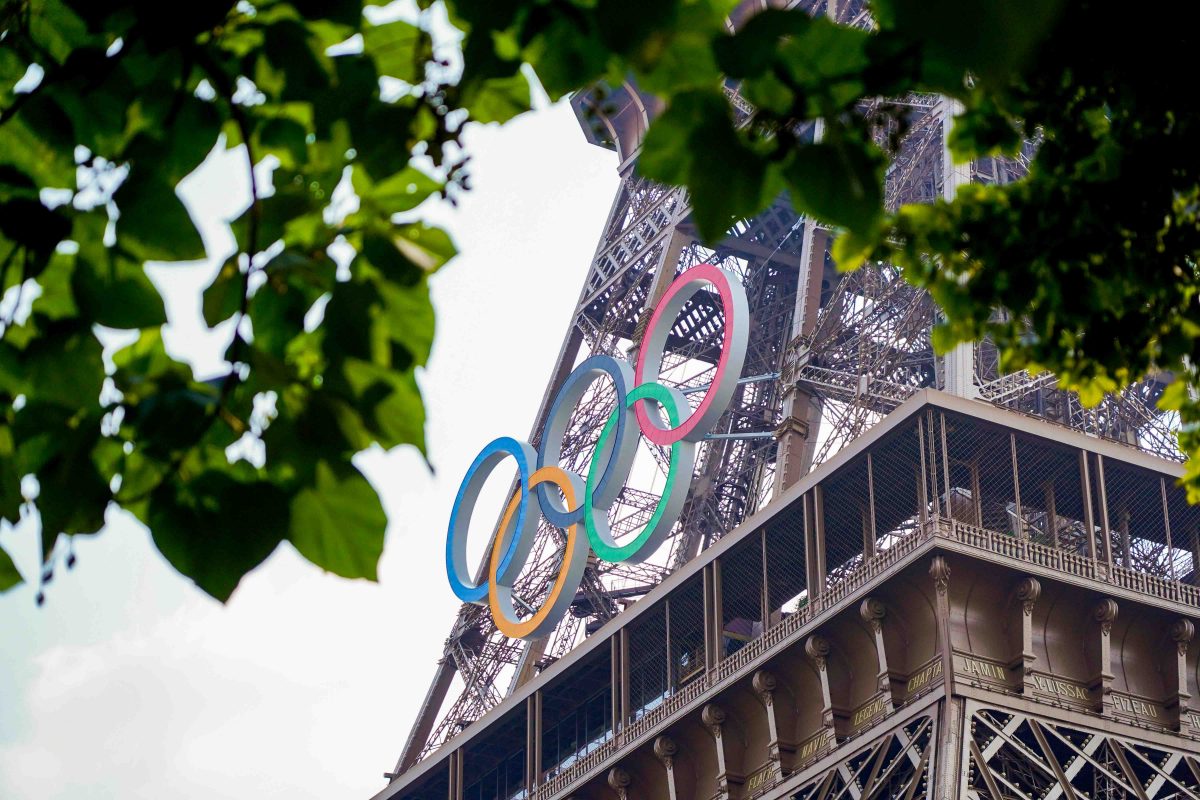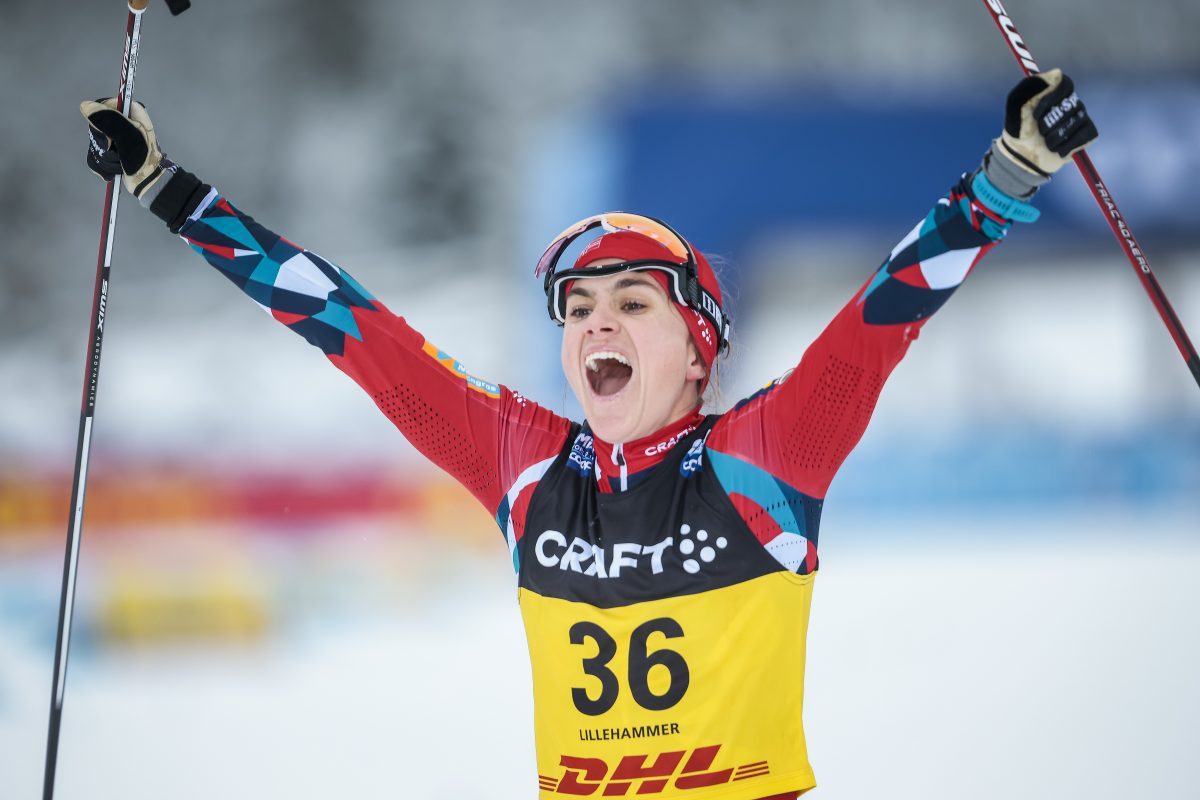
Garrott Kuzzy first began ski racing in eighth grade in his hometown of Hayward, Wisconsin. Starting as a ski jumper and nordic combined athlete, his love of the cross country aspect of the sport won over. Early on he was exposed to the real world of nordic by his dad, Jim, who was a Worldloppet Master and took his young son first to watch and later to race in several of the historic European marathons.
A 2006 graduate of Middlebury and a current member of both the US Development Team and Central Cross Country (CXC), Kuzzy has been a dominant factor on the national scene since his first World Cup races at Canmore in 2008. There he placed 49th in the duathlon and 34th in the 15km skate before ending the race series with a remarkable 9th place finish in the skate sprint. In that same season he took the Super Tour sprint title and was named to the US Ski Team.
With a string of first and second place finishes at the early season Super Tour races in West Yellowstone and Bozeman, Kuzzy showed he was a contender for the team to Vancouver. When the US ski team gained additional team slots in late January, Kuzzy was 5th on the USSA ranking list and thus named to the Olympic team.
Hometown: Hayward, WI
Birthplace: Minneapolis, MI
Birthdate: November, 1982
Height: 6-4
Weight: 190
Club: Central Cross Country (CXC Elite)
School: Middlebury College ’06
What made you decide, after graduating from Middlebury in 2006, to devote yourself full-time to skiing?
I knew even before graduating that I wanted to continue ski racing. A number of my older teammates in college, including Marshall Greene, Colin Rodgers, and Kate Whitcomb, continued skiing after college. I saw the success they were having, qualifying for World Cups and racing internationally. I knew I wanted to continue racing and go “All In.”
In West Yellowstone 2005, fall of my senior year, I met Yuriy Guesv, head of CXC Skiing. He proposed the concept of an elite ski team based out of the Midwest. It was big risk joining a new team, but I was impressed by his organization and vision. One week after graduation I was in my first CXC training camp in Wisconsin, living the dream.
How has growing up in the Midwest, particularly in the home town of the American Birkebeiner, shaped you as a ski racer?
I actually grew up in Minneapolis, two blocks from Wirth Park and what is now the City of Lakes Loppet trail. Aside from the Midwest’s relatively flat terrain being more conducive to Nordic skiing than Alpine (although it didn’t seem to hurt Lindsey Vonn), my biggest influences growing up were my teammates on the Hopkins High School team. When I was just starting, Matt Schadow and Pete Tollefson were winning State and Junior National Championships. I also had a great group of skiers my age. Dan Skold, Josh Lewandowski and I would get out and train together year-round: running, mountain biking, and skiing, having fun and working hard every day.
Is Hayward your home base, now?
Yes. I moved to Hayward when I joined the CXC Team in 2006—going on four years now. The community is very supportive, thanks in part to the Birkie’s influence. Scott & Kay Wilson provide housing for me at Cresthill Resort, which allows me to focus on training my best. Hayward is an ideal training location. There are great people to train with, endless ski trails, sweet single-track, well paved roads, and hilly terrain. I work for New Moon Ski & Bike and even put my college Geography degree to use this summer, publishing a bike map for the Saywer County Tourist Bureau.
After being a member of the US Ski team in 2008 you are now racing for CXC. What are your commitments with CXC, and has changing teams also changed the way you live and train?
Currently, I’m on both CXC and the US Ski Team; they’re not mutually exclusive. In fact, both teams work very well together. Bryan Fish, CXC Vertical Limit Team head coach, is my coach and writes my weekly training plans. I’ve worked closely with Bryan for the past four years and he knows me as an athlete better than anyone, including myself sometimes! During the summer, I attend some camps with the National Team, like Bend and Whistler, and others with CXC closer to home, in Stillwater, MN or Ironwood, MI for example. Both teams were in Lake Placid this year. At National Team camps, I work with U.S. Development Team coach Pat Casey on technique, ski testing, and long-term planning. Pat’s awesome to work with and keeps me striving for the next level. In the winter, I travel with CXC domestically and the National Team internationally. This allocation works well because I can work with Fish and my CXC teammates when the National Team is in Europe and Fish can focus on the CXC Team, doing things like stacking the Birkie podium, when I’m abroad.
What is the most important thing you have learned from a teammate?
Without teammates, skiing would be boring. I’ve had some very influential teammates over the years that have paved the way and shown me what is possible as a skier, each step of the way. It’s an exciting time to be a US skier, as it seems like everyone is working together to achieve more than we ever have. Right now, there are a number of teammates that inspire me: Kikkan, Torin, Andy, Billy, Todd, Kris, and Liebsch, to name a few, whose persistence and consistency have helped them get closer to achieving their goals. At the same time, there are junior skiers who are just as inspiring. I love working with the younger skiers because their enthusiasm for skiing is infectious, which reminds me not to take the sport too seriously. To quote Nick Power, “Can you believe it?!”
I know you are a huge fan of mountain biking – do you race much, or do you use it mainly as a fun way to train?
Mountain biking is like crust skiing. You can go fast and almost anywhere you want with very little effort. Unfortunately, I don’t get to ride nearly enough. The way the camp schedule worked out this summer, I didn’t get to do a single race. I did get a ride in at every camp this year, though, with the most fun being a four-hour point-to-point on a rainy morning in Whistler. My last dryland workout of the year was a long ride on the new CAMBA single-track in Hayward last week with teammate Brian Gregg.
Can you name a favorite racing venue?
Anywhere that I can walk from my lodging to the trail: West Yellowstone, Silver Star, Telemark, Giants Ridge, Falun, Lahti, and Wirth are several of my favorites. Maybe I just like to be able to walk home after a race. It’s a great way to cool-down, shower, and eat a big lunch before going back to the course to cheer on teammates.
How about the toughest racing venue?
That’s all relative to the strength of the field. The “Book Across the Bay” on Lake Superior in Ashland, WI would be really tough if it had a World Cup field.
And how does the venue at Whistler compare?
Whistler is an excellent venue. It’s a fun course with some great rolling terrain. It skis like a roller coaster. The course really lends itself to a strong technical skier that can maintain momentum through the descents and corners. I think the weather will play the biggest factor in how challenging the course is at the Games. We had beautiful weather for the World Cup races last January, but days like those are not the norm in Whistler.
One of the goals you have listed is to be part of a medal-winning relay at the Olympics. Do you have a sense of how long you want to be a ski racer and of the other goals you want to achieve along the timeline of your racing career?
It’s pretty simple. I plan to keep skiing as long as I’m improving and enjoying myself. I’m looking forward to this winter and 2011 with the World Championships in Oslo. One of my new coaches at CXC, Igor Badamshin, has been helping me practice Russian too. We’ll see how long the ski career goes.




